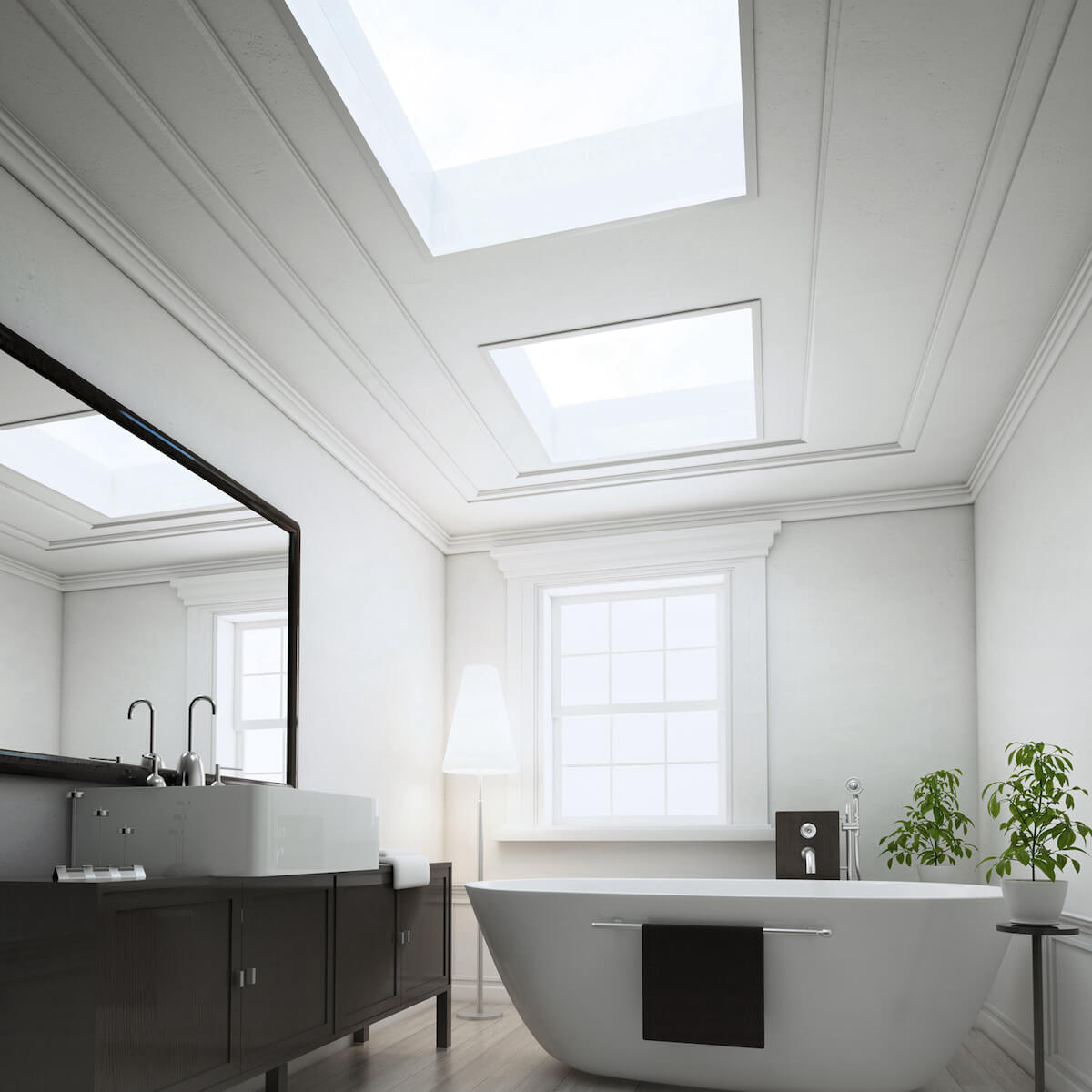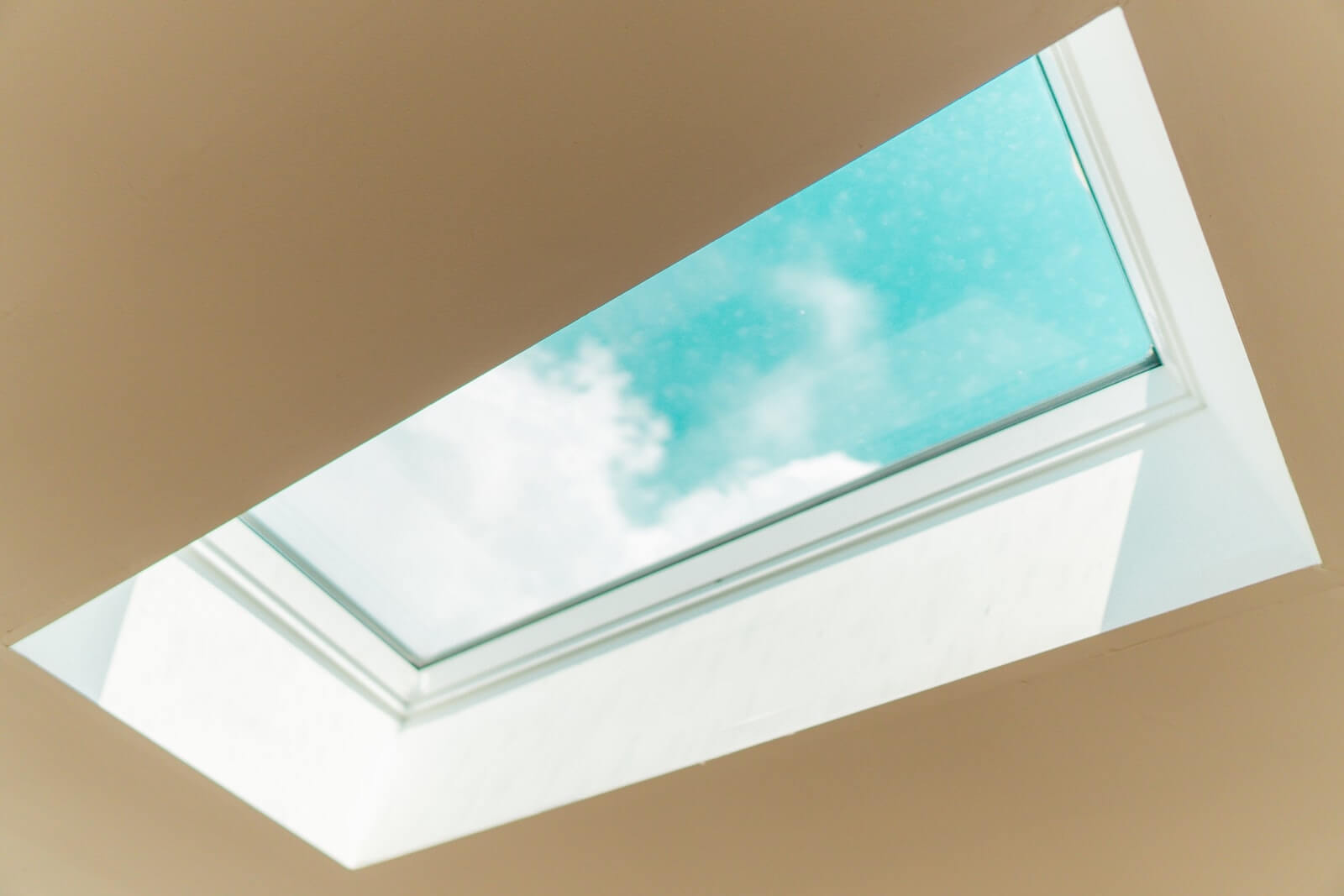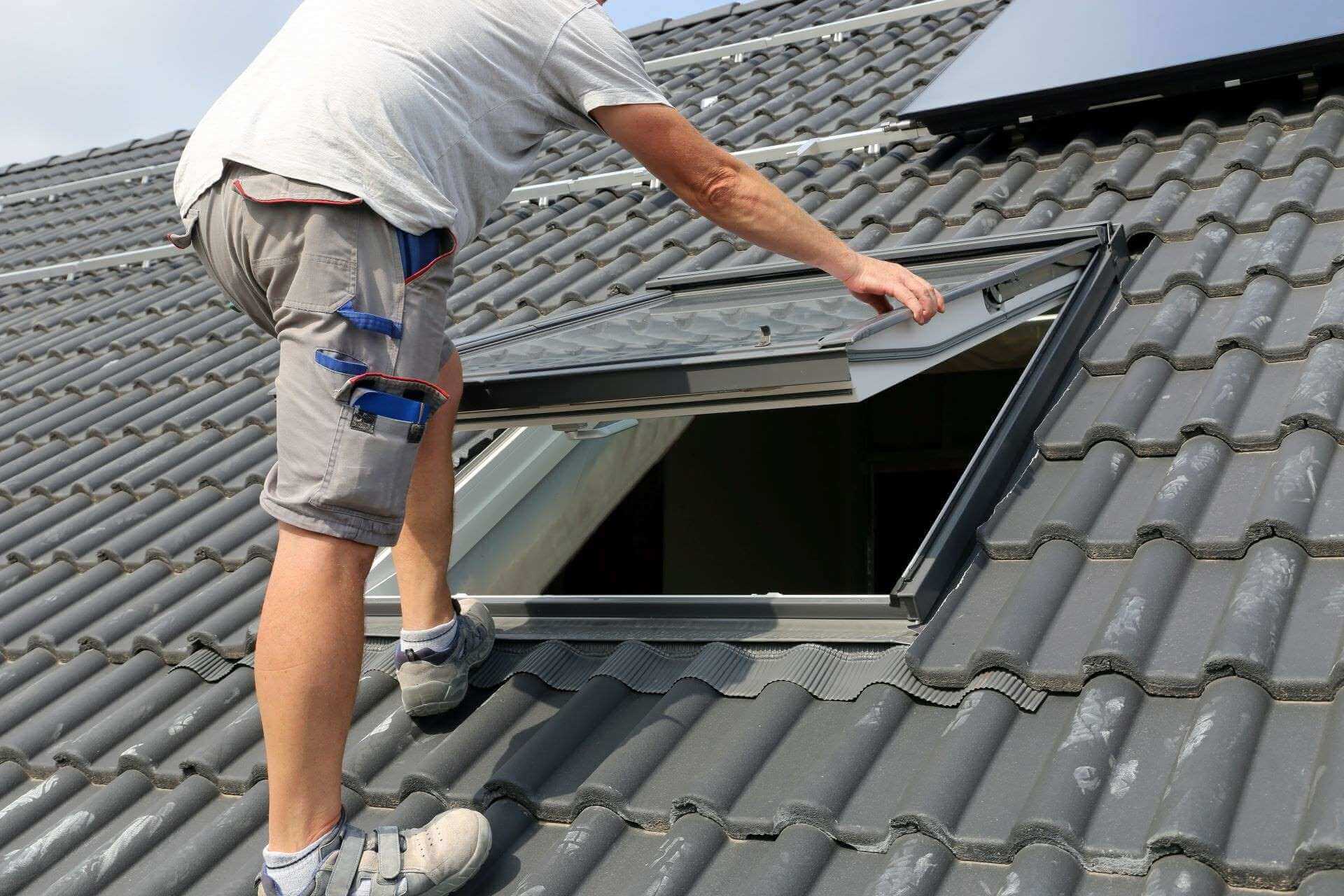Table of Contents
There is a multitude of benefits to bringing more natural light into your internal space, ranging from boosting your own productivity and the well-being of other inhabitants to the ability to save money on energy bills.
Other than that, installing additional windows allows you to improve the atmosphere inside and boost your home’s curb appeal at the same time. However, when it comes to adding more windows to the roof, it becomes tricky.
When searching for glazing products online, you’ll most likely come across terms like “roof windows,” “rooflights,” and “skylights.” There is no wonder that many homeowners struggle to differentiate them, as they seem to be the same thing technically – these are all windows designed to be installed on the roof.
Moreover, many websites use these terms interchangeably, not to mention that definitions may vary from one manufacturer of glazing products to another. This, in turn, makes it even more confusing.
However, there are indeed a few nuances you should know about – they will help you easily navigate through brands’ offers and narrow your search for the perfect source of natural light for your home.
What Is a Rooflight?
First things first – there is no real difference between “rooflights” and “skylights.”
Rooflight is a rather generic term used to describe different things. Generally, “rooflight” refers to a glazed unit that is typically fitted within a flat roof. Or, if installed on a pitched roof, it is likely to be fitted “out of a plane” with the level of the tiling.
Rooflights come in a large selection of styles and sizes and are designed to fit any room of the house. Such windows typically use an upstand or kerb system when installed on flat roofs. This is needed to achieve enough height so that the water can run off easily.
Rooflights are an excellent option to let more natural light flood the interior without the need to request planning permission in advance. That is because rooflights do not alter the overall aesthetics and appearance of the building. Other than that, they allow you to ventilate the living space more efficiently. We can distinguish two types of units – fixed and openable rooflights.
What Is a Skylight?
As mentioned above, there is no technical difference between a rooflight and a skylight. It is believed that Americans prefer the term “skylight” while British people use the term “rooflight” more commonly – the same as with “cookies” and “biscuits” here.
As such, a skylight is another generic and very broad term used to name a variety of glazed units, ranging from small-scale domestic solutions installed on traditional-style pitched roofs to larger units designed to be put on terraces.
Skylights are available in a range of different styles in order to meet the requirements of many different homeowners, and the only slight difference is that skylights can sit flush on a pitched roof – while the rooflights can’t.
Apart from enabling natural daylight, skylights can also provide better ventilation inside.
What Are Roof Windows?
All things considered, rooflights and skylights should not be mistaken for roof windows. But fortunately, these are probably the easiest type of windows to define, because they are covered under British Standards regulation BS EN 14351-1:2010.
This rule stipulates that roof windows must be installed in the same orientation and ‘in plane’ with the surrounding roof, typically at a minimum pitch of 15 degrees. Once installed, they should be weatherproofed using a skirt or flashing.
Before they can be sold, roof windows must also be CE marked against this standard, while skylights or rooflights typically cannot, as they are usually installed ‘out of plane’ on a builder’s upstand or a kerb system.
Roof window manufacturers are also expected to provide a declaration of performance (DOP) to advise specifiers on how each unit performs under test conditions. DOP usually covers things such as tests to simulate prolonged and heavy rainfall, the ability of the roof window to withstand increased air pressure, and air leakage and glass deflection monitoring to make sure that the product does not create drafts or allow in moisture.
Roof windows come only in standardised shapes and sizes that are generally smaller than those of rooflights.
You can find glazing units like fixed roof windows that can be used only for bringing natural light into the interior, but also manually and electrically operated openable roof windows that allow you to let the fresh air in and ensure better ventilation in the room.
FAQ
Are skylights and rooflights the same thing?
There is no real technical difference between rooflights and skylights. Both “rooflight” and “skylight” are rather generic terms used to describe a wide variety of windows designed to be installed on the roof.
You can come across these terms describing something that is, essentially, the same product. This is because many websites used them as synonyms to reach out to a wider audience.
Are roof windows and skylights the same thing?
No, roof windows and skylights (or rooflights) are not the same things.
The principal difference is that roof windows must be installed “in plane” with the surrounding roof, while skylights can be installed “out of plane.”
What is the difference between a skylight and Velux window?
A skylight is a window installed on the roof of a building to allow natural light to enter. A Velux window is a window manufactured by the Velux brand – hence the name.
Velux windows come in different styles and sizes, and since all of their glazing products are described as “roof windows,” you can rest assured they fall under British Standards regulation.
Do skylights always leak?
No, skylights do not always leak. In fact, if installed properly and regularly maintained, they should not leak at all.
Are roof windows more expensive than rooflights and skylights?
Theoretically, roof windows should be more expensive than rooflights and skylights because they are subject to more stringent safety requirements. In practice, however, there is not much of a difference in price.
The only factor that has a tangible impact on the price is the glass itself.


